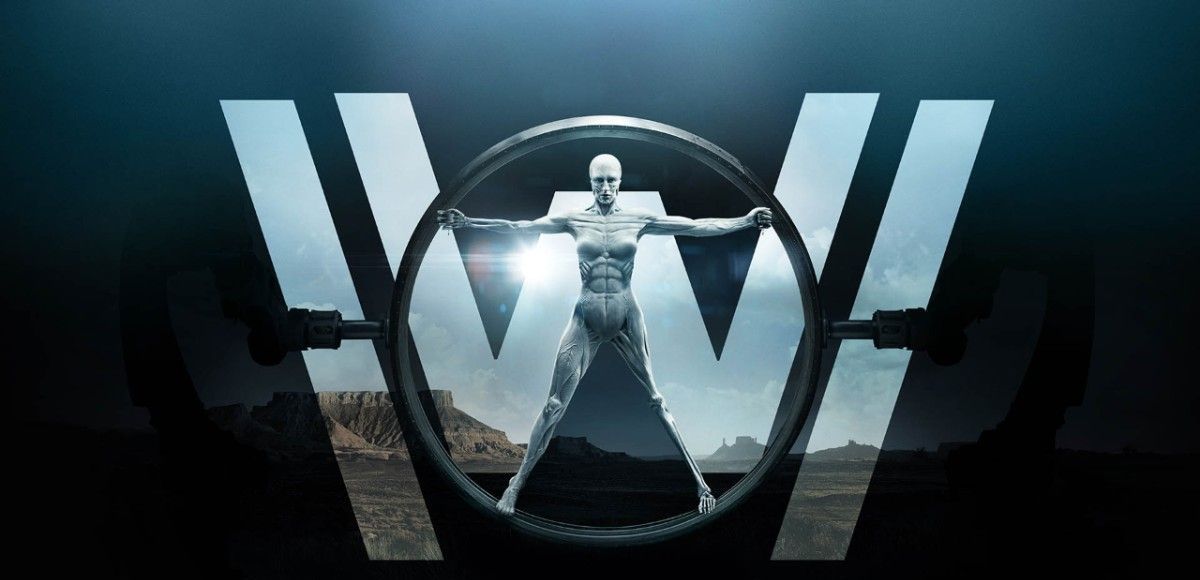Creators of science fiction and fantasy books, films, and TV shows present stories of possible or imaginary worlds – and their presentations can range from the realistic to the fantastical. When we watch Westworld (and viewership is growing, with the season one finale drawing 2.2 million viewers ), we look forward 30 years into a potential future envisioned by its writers. Returning to the notion of reality and fantasy (or fact and fiction), the extent to which a sci-fi film might be descriptive of the future seems to be anybody’s guess.
However, we can actually get a sense of how reasonable the picture of the future that is being presented to us is if we consider it in terms of its pieces – particularly the technologies it presents. To consider the feasibility of the fascinating tools and other inventions depicted in these currently fictitious scenarios is, in some manner, to look through a window into the future. In a more functional sense, considering the show’s technology allows us a way to understand it in a broader cultural and historical context (as well as to better understand the possible future developments of these technologies through a fictional example).
Here are five key technologies from Westworld that are not AI, along with a sense of how close we are to actually having these seemingly “space-age” technologies available.










Comments are closed.